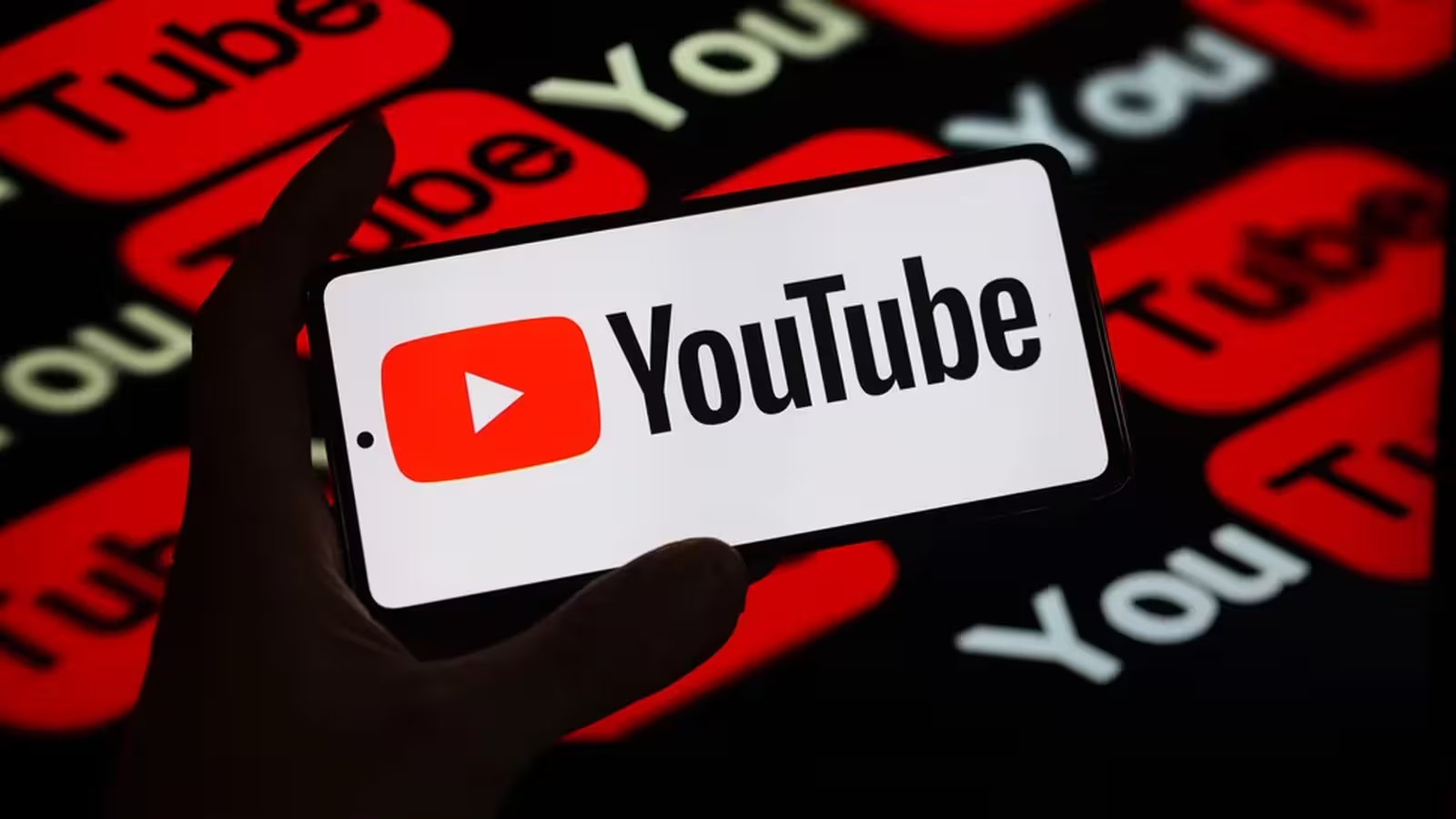4 Minutes
Why YouTube suggests awful videos (and what’s actually happening)
If you’ve noticed a sudden flood of low-quality or irrelevant recommendations on YouTube, you’re not alone. YouTube’s recommendation engine — a complex blend of machine learning, watch history signals, and engagement metrics — typically surfaces videos similar to what you already watch. When those signals become noisy (a family member uses your account, you experiment with unusual videos, or personalized ads skew behavior), the algorithm can start promoting content you don’t want to see.
How YouTube’s recommendation algorithm works (product features)
YouTube uses several features to decide what to recommend: watch history, viewed channels, session activity, engagement (likes, shares, watch time), and machine learning models that predict what will keep you watching. These systems are optimized for retention and ad revenue, which makes them powerful but sometimes sensitive to outlier behavior.
Key features to know
- Watch history tracking — core signal used to personalize recommendations.
- Machine learning ranking — models rank thousands of candidate videos for each user.
- Personalized ads — ads and suggested videos often use similar targeting signals.
- Account-level controls — pause or clear history, and manage ad personalization via Google Account.
Quick fixes: reset recommendations on app and web
When recommendations go off the rails, the fastest remedy is to clear or pause your watch history so the model can relearn from fresh signals. Steps are simple:
YouTube mobile app
- Tap the You tab.
- Next to History, choose View all.
- Tap the three-dot menu and select Clear all watch history.
YouTube on the web
- Click You in the side menu.
- Next to History, choose View all.
- Click Clear all watch history.
You can also pause watch history or turn off YouTube History from your Google Account dashboard to prevent future personalization based on watch behavior. Turning off personalized ads from Google will further limit targeted recommendations—note that YouTube plans to automatically stop personalized ads for minors when it rolls out AI age verification.
Comparisons and advantages: YouTube vs other recommendation platforms
Compared with platforms like Netflix or TikTok, YouTube’s algorithm balances long-form and short-form content and serves both organic and ad-driven recommendations. Netflix optimizes for session depth within a paid subscription model, while TikTok focuses intensely on short-loop engagement. The advantage of YouTube’s approach is variety: it can surface niche creators and long-form tutorials, but that variety also increases the chance of off-topic suggestions if your signals are inconsistent.
Use cases and market relevance
For creators and brands, understanding recommendation dynamics is critical: discovery drives views, sponsorship value, and ad revenue. For consumers and privacy-conscious users, account-level controls let you reclaim a better feed without losing subscriptions or playlists. Clearing history helps the recommendation system relearn faster, improving relevance and user satisfaction—metrics that directly affect YouTube’s market performance and ad monetization.
Best practices
- Regularly manage watch history if multiple people use your device or account.
- Use separate accounts or profiles for different viewing habits to avoid cross-contamination of signals.
- Turn off personalized ads or pause history if you want a neutral, less tailored experience.
- Watch content you want to see more of — the algorithm adapts to consistent behavior.
Resetting your YouTube recommendations usually takes a short time to reflect in the app — once cleared, new viewing patterns will generate better, more relevant suggestions. With a few settings changes and mindful viewing, you can take control of your feed and improve discovery on the platform.
Source: 9to5google


Leave a Comment